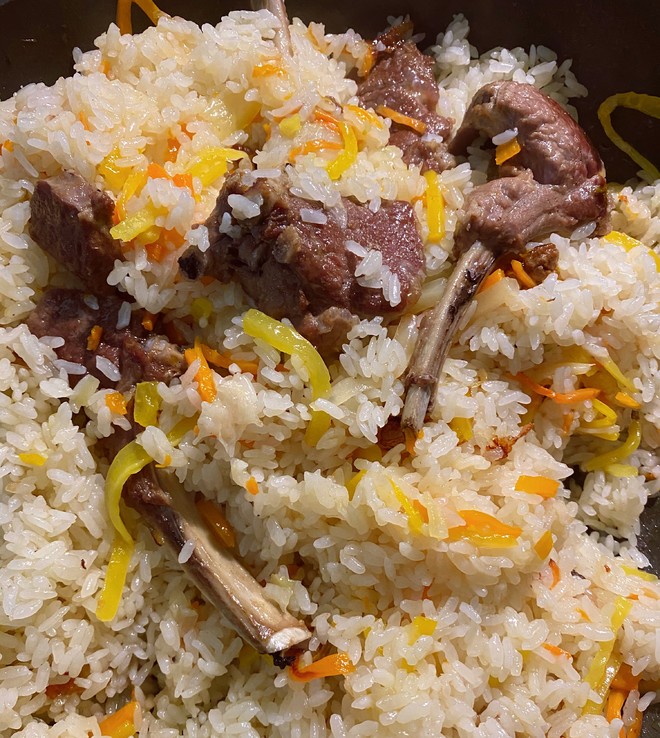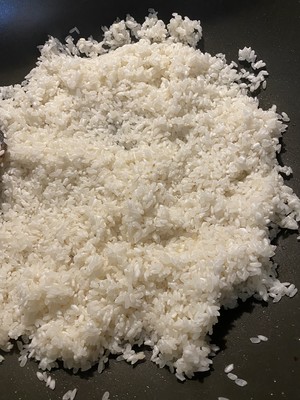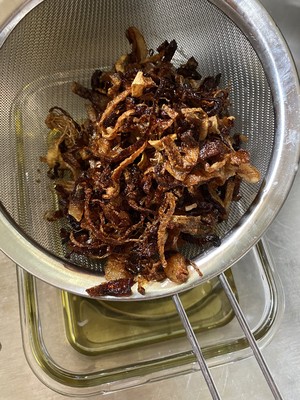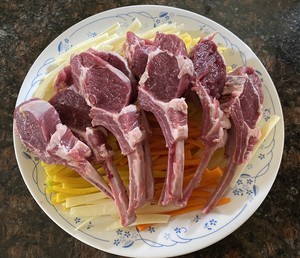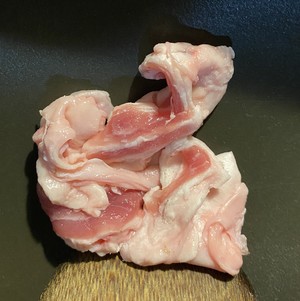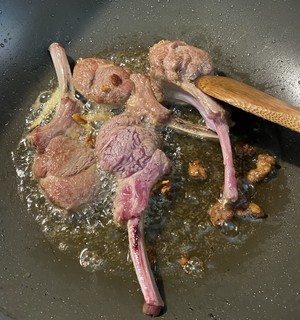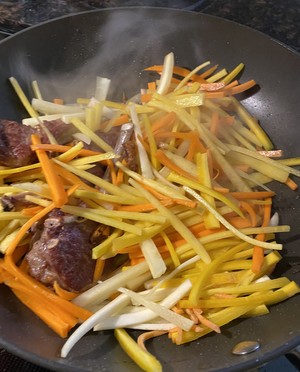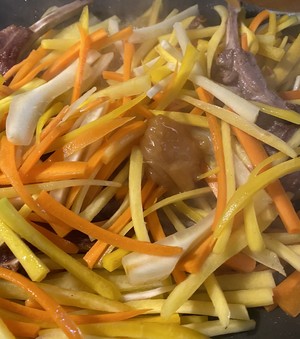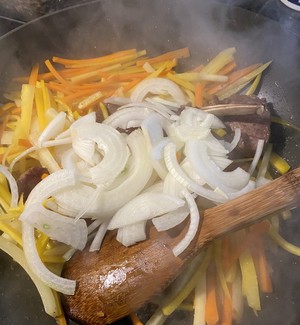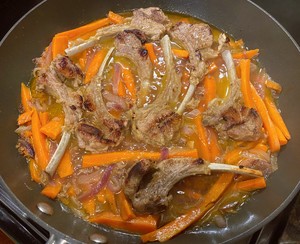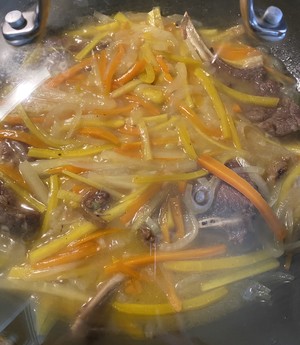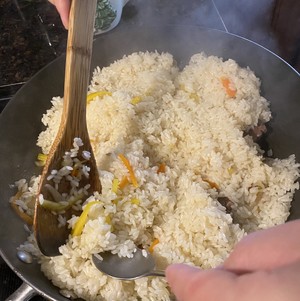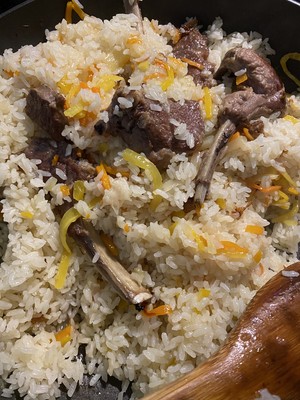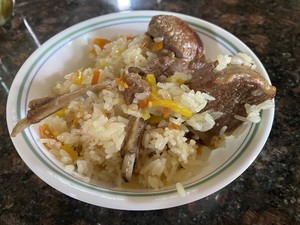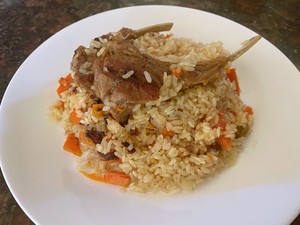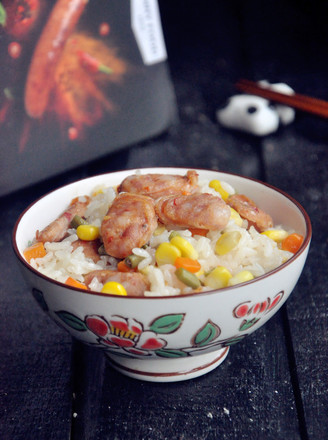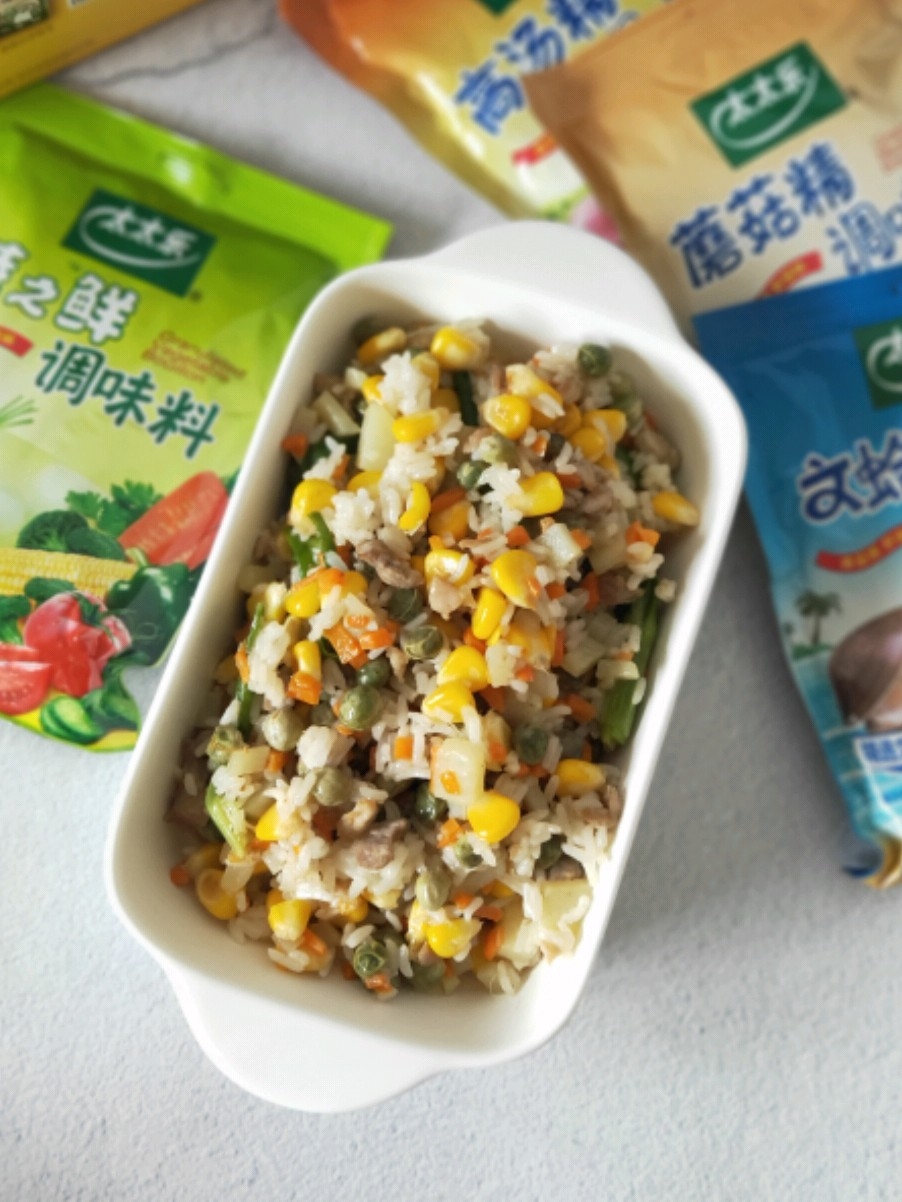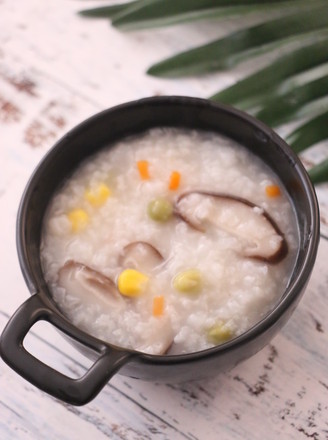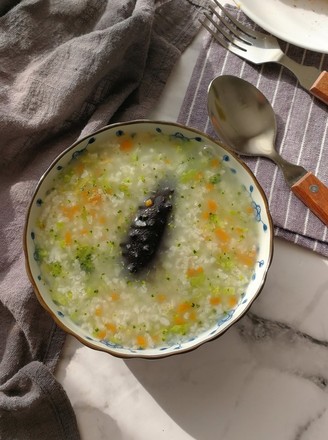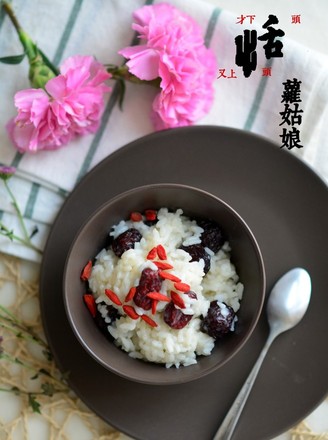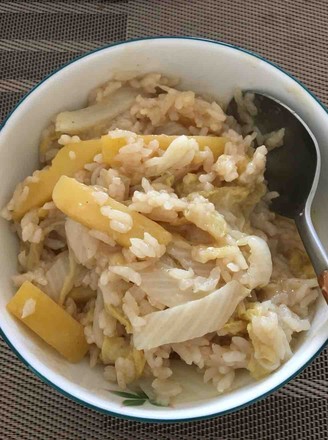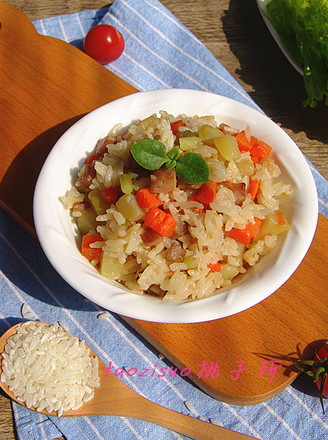Xinjiang Lamb Chop Pilaf (the Secret of Distinct Rice Grains After Being Cooked)
by Rock Sugar Snow Plow
Favorite
Difficulty
Normal
Time
15m
Serving
2
In Xinjiang, the locals call this staple food pilaf, and traditionally they use mutton. However, Xinjiang Corps people like to eat pork, and some of them use pork to make pilaf, called big pork pilaf/pork pilaf. Later, there were also innovative practices by people of all ethnic groups, such as chicken pilaf, goose pilaf, horse meat pilaf, and vegetarian pilaf.
People in Xinjiang call onions as skin buds. ("The word Pi Yazi originated from the West-Hungarian branch of Turkic language. Due to the complex ethnic composition in Xinjiang, the phenomenon of mixed ethnicity has long appeared. The name of onion in Turkic language has gradually been transliterated as "Pi Yazi".")
Living in the United States, I have bought lamb from various supermarkets and shops. I think only the bagged lamb/lamb chops from Trader joe's New Zealand are the best. There is no mutton smell. Although the taste is not comparable to Xinjiang lamb, it is also very good eat. Some friends recommended Costco’s New Zealand lamb chops, but I don’t like them very much. I recently ordered a lamb chop from New Zealand on Amazon. It’s not bad. It tastes almost the same as Uncle Qu's, except that the meat will be smaller.
I recommend domestic friends to buy Xinjiang local sheep or Ningxia Yanchitan lamb online. Lamb legs, lamb necks, and lamb ribs are excellent, but there is no one. You can also choose the lamb chops I bought. When buying meat, buy a small bag (or a small piece) of mutton's tail oil (the mutton's tail oil is not mutton).
People in Xinjiang call onions as skin buds. ("The word Pi Yazi originated from the West-Hungarian branch of Turkic language. Due to the complex ethnic composition in Xinjiang, the phenomenon of mixed ethnicity has long appeared. The name of onion in Turkic language has gradually been transliterated as "Pi Yazi".")
Living in the United States, I have bought lamb from various supermarkets and shops. I think only the bagged lamb/lamb chops from Trader joe's New Zealand are the best. There is no mutton smell. Although the taste is not comparable to Xinjiang lamb, it is also very good eat. Some friends recommended Costco’s New Zealand lamb chops, but I don’t like them very much. I recently ordered a lamb chop from New Zealand on Amazon. It’s not bad. It tastes almost the same as Uncle Qu's, except that the meat will be smaller.
I recommend domestic friends to buy Xinjiang local sheep or Ningxia Yanchitan lamb online. Lamb legs, lamb necks, and lamb ribs are excellent, but there is no one. You can also choose the lamb chops I bought. When buying meat, buy a small bag (or a small piece) of mutton's tail oil (the mutton's tail oil is not mutton).

